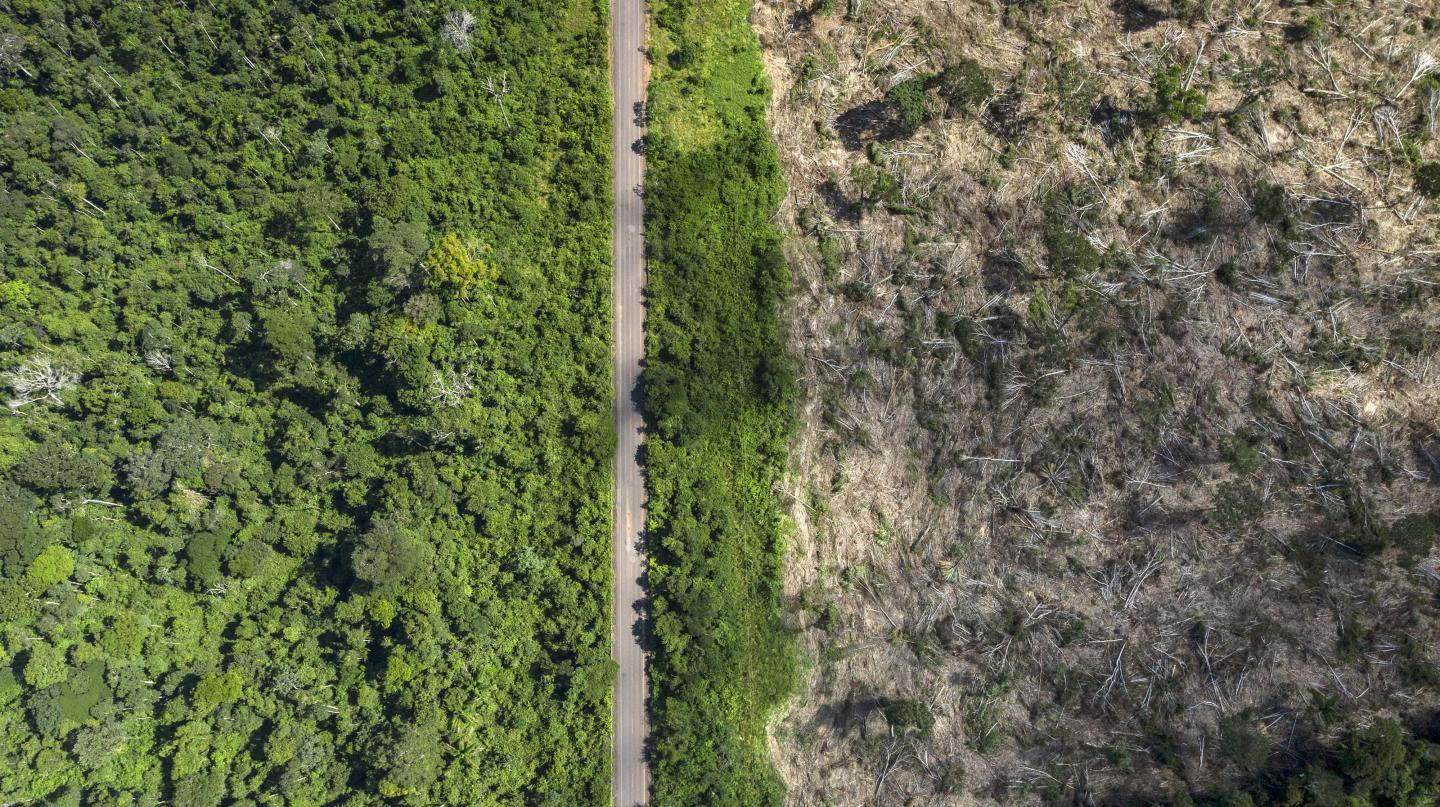
[ad_1]
A new study by researchers on fossils currently stored in the Smithsonian’s National Museum of Natural History could shed light on key stages in plant evolution. During the study, the researchers identified an ancient plant species, which is unlike any other plant that lives on earth now.
Plant reproduction evolution.
In the modern world, winds, rain, insects, and animals play a crucial role in plant reproduction. This new study aimed to shed light on how this reproductive system evolved over time. During the study, the researchers identified more than 80 reproductive structures from 30 rock fragments that were excavated in Canada.
The discovered reproductive structures contained spores, which play a fundamental role in the reproductive cycles of plants. The researchers noted that the sizes of the spores were different in various structures. Since experts noticed a difference in the size of these spores that are almost 400 million years old, the researchers suggested that this could be one of the best examples in the intermediate stage of plant reproductive biology.
“The general history of land plant reproduction is one of greater division of labor and specialization and complexity, but that has to start somewhere, and it started simply by producing small spores and large spores. With these types of fossils, we can identify some ways plants could do that, “said Andrew Leslie, a Stanford Earth researcher and lead author of the study.
More details on these fossils.
A more detailed analysis of these fossils suggested that they belong to an extinct group of plants, scientifically called herbaceous barinophytes. The researchers also noted that these plants are closely related to clubmosses.
The plant could have lived on land during the Devonian period, and experts believe this was a time when small plants on earth expanded to create large forests.
The discovery of the oldest fossil forest.
A few months ago, researchers discovered the oldest fossil forest in China. The researchers who discovered these remains near Xinhang claimed that these fossils are at least 419 million years old. Fossilized lycopsid trees were found on the quarry walls, and the researchers revealed that they had grown to 7.7 meters at their peak.